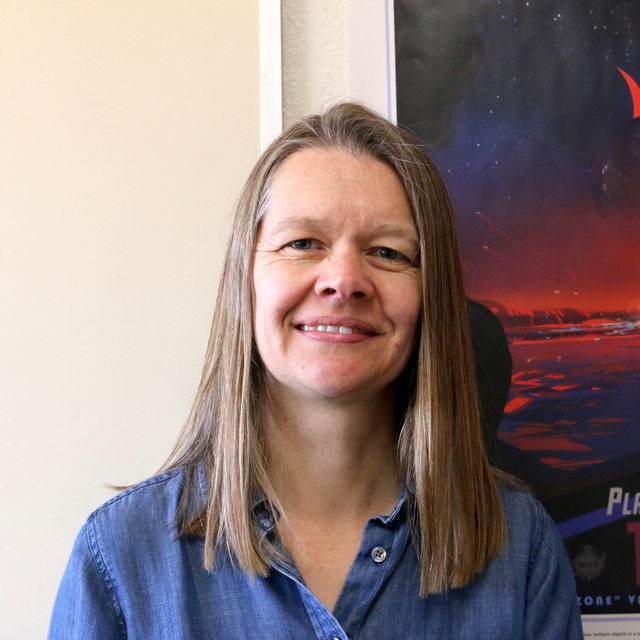March
2014
•
2014ApJ...783..104W
Authors
•
Woillez, J.
•
Wizinowich, P.
•
Akeson, R.
•
Colavita, M.
•
Eisner, J.
•
Millan-Gabet, R.
•
Monnier, J. D.
•
Pott, J. -U.
•
Ragland, S.
Abstract
•
Ground-based long baseline interferometers have long been limited in sensitivity in part by the short integration periods imposed by atmospheric turbulence. The first observation fainter than this limit was performed on 2011 January 22 when the Keck Interferometer observed a K = 11.5 target, about 1 mag fainter than its K = 10.3 atmospherically imposed limit; the currently demonstrated limit is K = 12.5. These observations were made possible by the Dual-Field Phase-Referencing (DFPR) instrument, part of the NSF-funded ASTrometry and phase-Referenced Astronomy project; integration times longer than the turbulence time scale are made possible by its ability to simultaneously measure the real-time effects of the atmosphere on a nearby bright guide star and correct for it on the faint target. We present the implementation of DFPR on the Keck Interferometer. Then, we detail its on-sky performance focusing on the accuracy of the turbulence correction and the resulting fringe contrast stability.
Links




